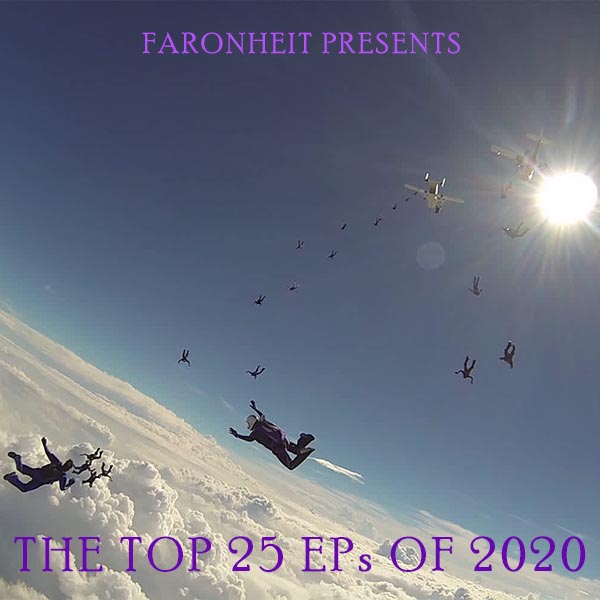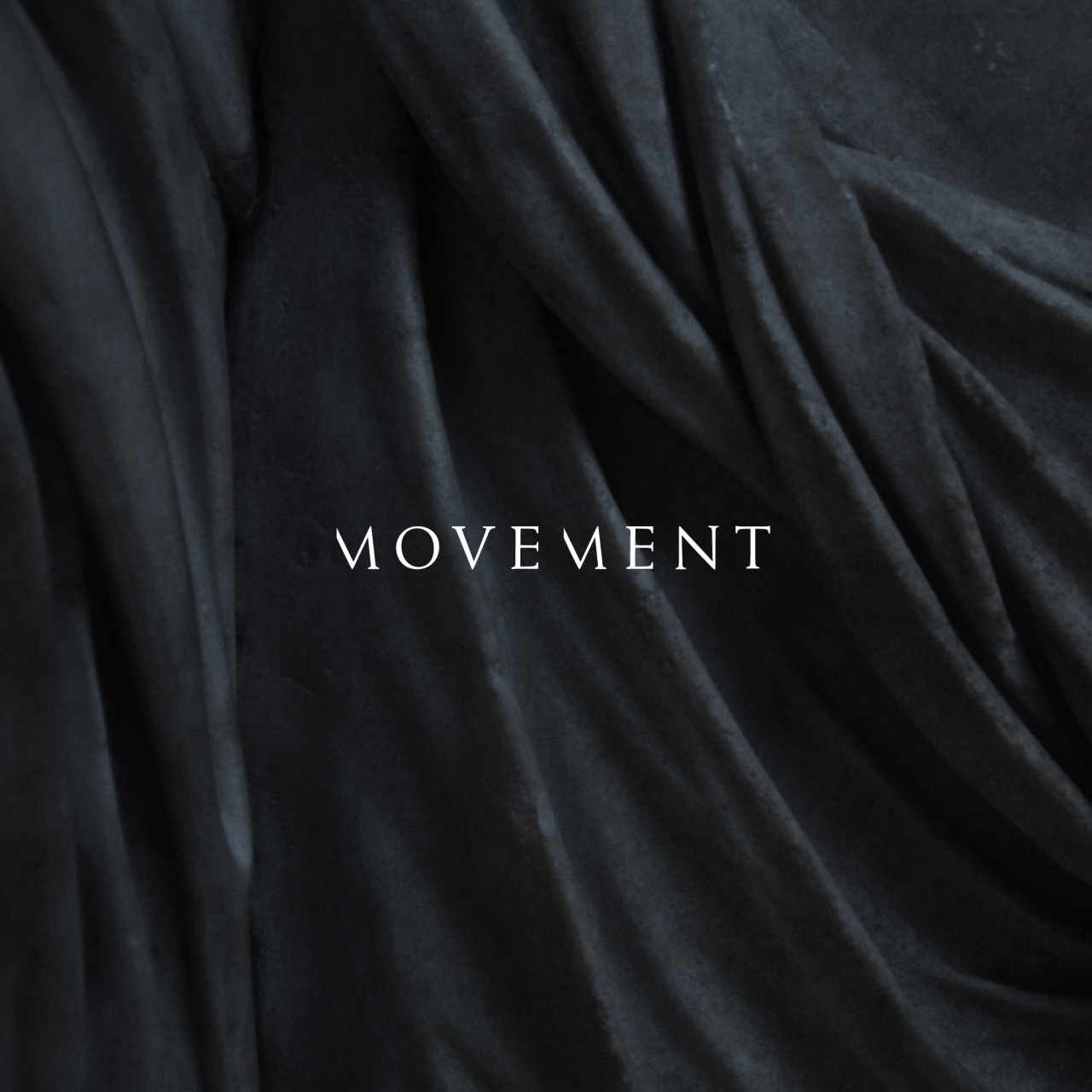
Ugh. It has been a long day for yours truly. Didn’t anticipate my day/evening going so late, so this initial recap of Day 1 of the 2011 Pitchfork Music Festival is going to be a little shorter and more to the point than much of everything else I plan on writing about over the course of the weekend. But fun was the name of the game today, and to call it a great day would not be an incorrect statement. Let me tell you a brief bit about the music I bore witness to, as well as maybe a couple other quick notes about things that went down on Day 1.
Due to an unfortunate vehicular mishap, in which my car broke down and refused to start, I wound up arriving at the Pitchfork Music Festival about 45 minutes later than I had originally planned. Still, it left me just enough time to see the last couple songs from EMA. Erika M. Anderson is her full name when not being referenced in acronym format, and she had a couple friends backing her up to handle much of the instrumental work. The two songs I saw her perform were solid renditions, in particular her single “California”, in which she did a lot of the same hand gestures that can be found in the video for said song. Fun isn’t the best word to describe what I saw, but very capable and strong are probably two solid descriptors. A few hours after her set, I was being taken on a brief tour of the backstage area and stumbled upon EMA. She was sitting in the grass by herself with a guitar and was making notes on some pieces of paper. In all likelihood she was writing a song, and hopefully something at the festival inspired her to do so.
My most hotly anticipated act of the day (and essentially the weekend) was tUnE-yArDs. After the massive number of raves I heard about Merrill Garbus and her intense performances, there was a little chill that went down my spine on the quite hot day when she began to belt her vocals into the microphone. Creating all sorts of vocal and instrumental loops, watching her put together songs like “Gangsta” and “Powa” was thrilling enough even if you threw away the actual songs. She didn’t do much to actually improve upon the recorded versions of the stuff on “w h o k i l l”, but then again she didn’t need to. That record is still amazing, and just seeing the songs come together live was the treat. Hopefully many were won over by her stellar performance. While I skipped seeing Battles in favor of tUnE-yArDs, all my friends chose to abandon me, claiming I made the wrong choice. They came away with nothing but raves for Battles’ set, and given to how they are dynamite live, the reaction felt sensible.
Thurston Moore was next, as I was intrigued to see what he would do. His backing band consisted of one guitar, one drummer, one violinist and one harpist. Yep, he had a harp with him and its lilting melodies were built into a lot of the songs. Moore also had a music stand with plenty of sheet music on it, which begged the question of how well he knew the songs he was playing. And virtually the entire thing wound up being a flop. Standing out in the hot sun and watching Thurston play slow acoustic numbers was not a good time. Early on in his set, he jokingly asked if everyone was ready to hear some songs about rape and other dark things, clearly trying to make light of the fact that OFWGKTA would be performing on that very stage in a couple days. There will be protesters for that, and come to think of it, people should have protested Moore’s set as well for being rather pedestrian and boring. Everything was capably performed, and much of the material came via his latest solo effort “Demolished Thoughts”. No Sonic Youth was played, but to close out his set, Moore told the crowd, “my band is saying that we should play a rock song”, a statement that was met with applause. The spark that ignited within the last few minutes of that set was what the entire thing should have been made out of. There’s always next time. If you went and saw Curren$y, consider yourself lucky.
The great news is that Guided By Voices were up next, and the very first thing that Robert Pollard asked the crowd was whether or not they were ready to see a real professional rock show. Hell yes, the crowd was ready. And GBV gave everyone exactly what they were looking for. Chain smoking on stage, wielding a bottle of alcohol, windmill guitar work, Neko Case on tambourine, jumping around like a madman, salutes, the hoisting of guitars high into the sky, the pointing of the necks of the guitars out at the crowd in a threatening and stabbing motions – all these things happened during that set. To call it awesome would be putting it lightly. These guys are all music veterans, and instead of slowing down their set was filled with visceral energy – the sort of which is missing in so many rock bands these days. Not only that, but they did all this while running through “hit” after “hit” (the quotation marks are used because despite a long career the band never achieved massive success to justify anything of theirs being a hit according to today’s standards). They hit up “Hot Freaks” “Tractor Rape Chain”, “Kicker of Elves” and “I Am A Scientist” (among many others) from their seminal album “Bee Thousand”. Their other big record was “Alien Lanes”, and tracks like “Game of Pricks” and “They’re Not Witches” sounded even better now than they did back in the day. So to recap: Guided By Voices put on one hell of a great show. And in that same way it’s sad, because there’s only a couple shows left with their “classic” lineup in place. They’re probably never going to do this again, so if you saw them at Pitchfork consider yourself lucky.
Neko Case is such an effortless charmer of a woman. There’s a certain sweetness to her, and maybe the down-home alt-country bits of her music are big contributors to that. One of the more interesting things about her is the backing band she surrounds herself with. The guys in the band were all older gentlemen complete with beards and a few extra pounds, and that alone was enough to make you think they belonged in a country band you’d stumble in and catch one night at some random bar. Who knows, maybe that’s where she met them. In spite of their appearances, they’re also excellent musicians, which is likely the reason why Case picked them in the first place. But that syrupy sweet voice of hers is in as good of shape as ever these days, and the set list mixing old songs, newer songs, and the newest of the new gave it plenty of workout. Case is currently hard at work on new material, so she did play a couple new ones during her set which were on par with everything else she’s done to date, if not better. The biggest crowd responses were for “Hold On, Hold On” and “People Got A Lotta Nerve”, and given their radio single status it’s no wonder why. There was no real reason for me to leave Neko Case, but after awhile I chose to wander over and at least check out James Blake‘s set for a few minutes. My concern initially was that his very quiet and minimalist self-titled debut would not translate well in an outdoor park. Outside of some seriously heavy bass, I’m pretty sure I was correct on that one.
Last but certainly not least, Animal Collective closed out the night in the headliner slot. It seems they got the love note I left them criticizing the very fluid and ever-changing dynamic of their live shows. The last time I saw the boys, they spent their festival time slot noodling around with psychedelic textures rather than playing most of the songs that appear on their albums. Think of it like one long acid trip in which many songs are teased but little to none are actually performed. They were on their best behavior at Pitchfork 2011 though, actually playing songs all the way through and even adding a few brief moments of silence from when one song ends and another begins. Call it common courtesy, and it made the set very bearable and remarkably fun. There was plenty of dancing going on, not to mention the glowsticks and an inflatable Spider-Man that became a part of the party. There were a handful of new songs sprinkled into the set as well, all of which sounded more than fine but with fewer harmonies than their last album “Merriweather Post Pavilion”. Between those elements and the neat stage setup complete with light-up rock-like structures and hanging shapes attached overhead by strings of lights. Animal Collective took their headlining job seriously and left the crowd in a better place compared to how they found them.
In case you couldn’t gather already, the entire day was nothing short of great. I’m very much looking forward to Day 2 tomorrow, but at this very moment sleep beckons. I’ll have photos for you as soon as I’m able. Check back for my Day 2 Recap overnight tomorrow night.






